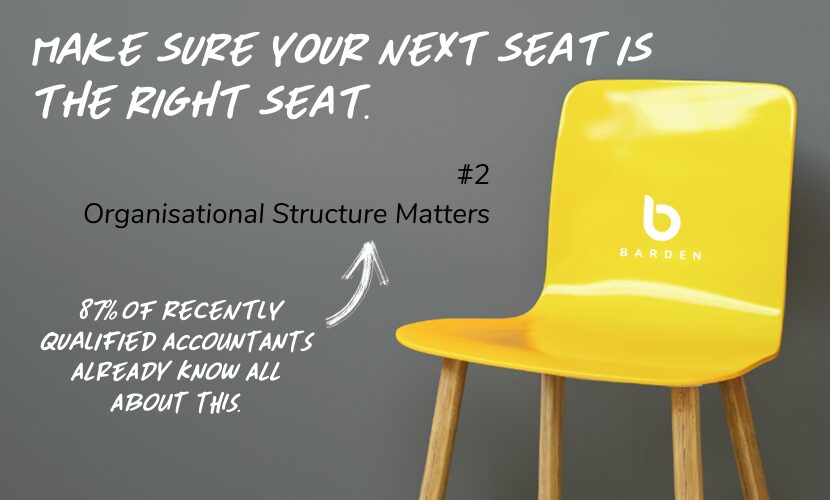After 3.5 years of late night studying, long busy seasons and lots and lots of audit files, the lure of ‘industry’ seems all too appealing – but don’t jump at the first role you see without assessing organisational structure!
As a newly qualified accountant it’s really important that you not only consider the industry and type of business that you work with, but that you also assess the type of organisational structure you sit in and how it can impact your future.
Allow us to explain: Your dream job might be to work for a major technology company, such as Amazon, Apple, Google, Microsoft or Facebook. Although all of these businesses are present in Ireland, they all have different types of entities and structures here. For instance, some technology companies only have shared service functions in Ireland and, as a result, might only be able to offer GL or Statutory Accounting roles. Others might have strategic business units that work more closely with the sales or development teams, meaning access to more commercial roles. Some might have both. Looking beyond the face of the company and into the structure can help you understand so much more about the function of the finance function!
Where you sit in the organisational structure of your next employer will have a key impact on the structures you can access in the future. To make this simple, we have broken down the market into four key structures:
#1 Group functions: consolidation environments (HQ) where the global/group CFO and CEO sits. This is where key decisions are made, but can often be at an arm’s length from actual business activity;
#2 Shared Services Centres (SSC): these have lots of different names but are fundamentally where accounting functions are centralised for a particular geography (EMEA or APAC). All financial and statutory accounting for different jurisdictions are done here and information is then pushed to HQ for consolidation;
#3 SMEs: these are the most common type of company and range from the small local store to very large, privately-owned companies that are not part of a bigger multinational. Over 80% of people in Ireland are employed in SMEs and they come in every shape and form imaginable. Finance functions usually cover a wide spectrum of activities from preparing the month-end accountants to providing strategic analysis and insights to drive business decisions;
#4 Strategic business units (big and little): a trading entity for a multinational that serves Europe or focuses on the Irish (domestic) market. It can look like an SME from the outside but has the structures, systems and politics of a larger organisation. These structures (or a hybrid thereof) can be used to describe 95% of companies out there.
And why is this stuff important? If you work in a group function, do you know where you’ll be most likely to get a job in the future? In a group function!… the ‘like with like’ concept. If you want to be CFO of an Irish Retail PLC, your current dream of a job in Google might not help these longer term career ambitions.
Also, keep in mind that some structures are further away from each other than others. For example, small SMEs are a giant leap away from group functions – move to an SME and you pretty much eliminate your chances of working in a group structure in the future. Fact.
Assessing organisational structures and understanding their impact on your future options is not easy – we know because we have spent decades studying it! Get informed about organisational structures and you will make better decisions about your future.


 Jump Back
Jump Back

